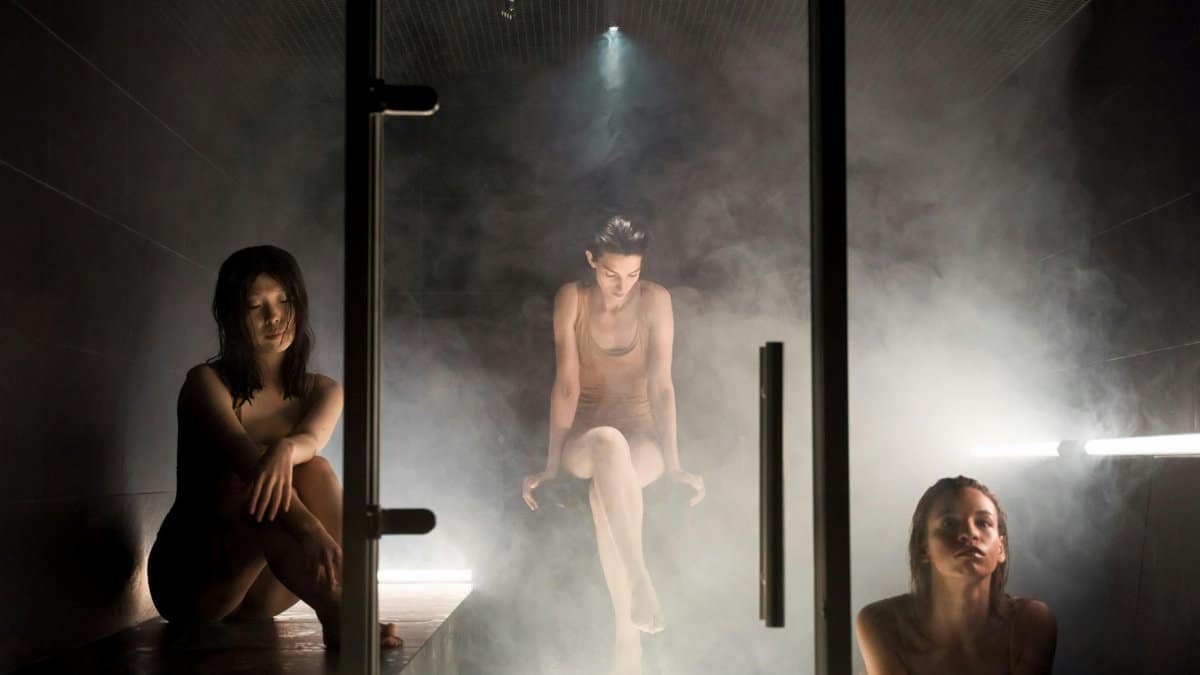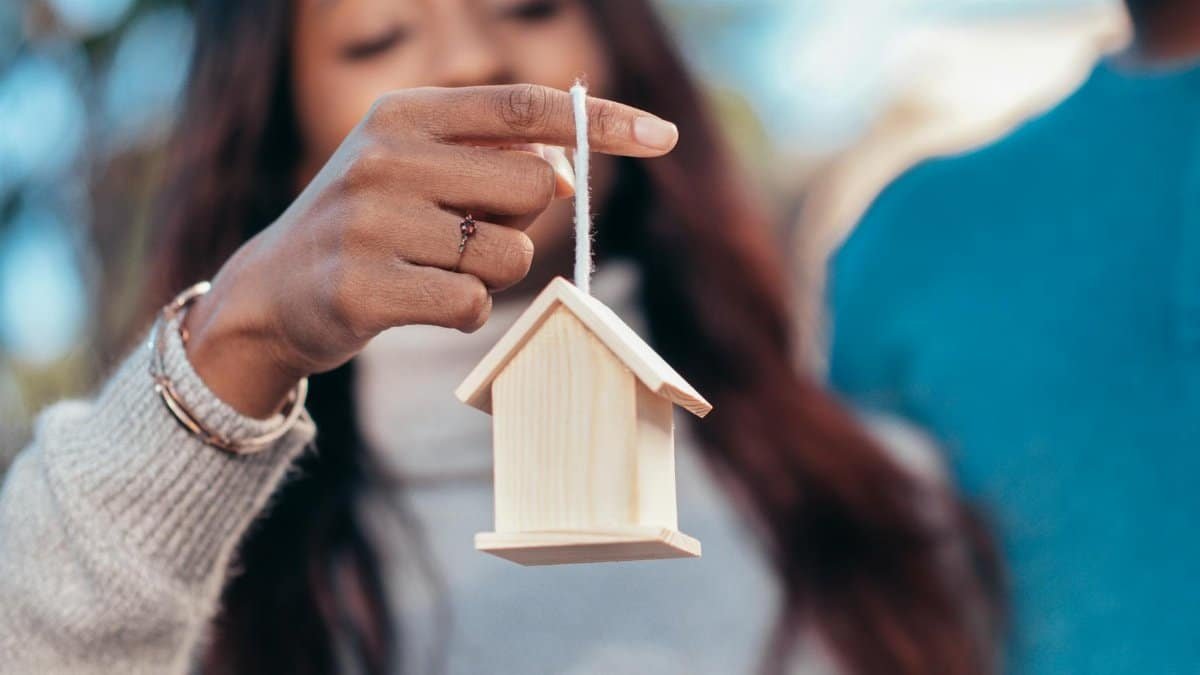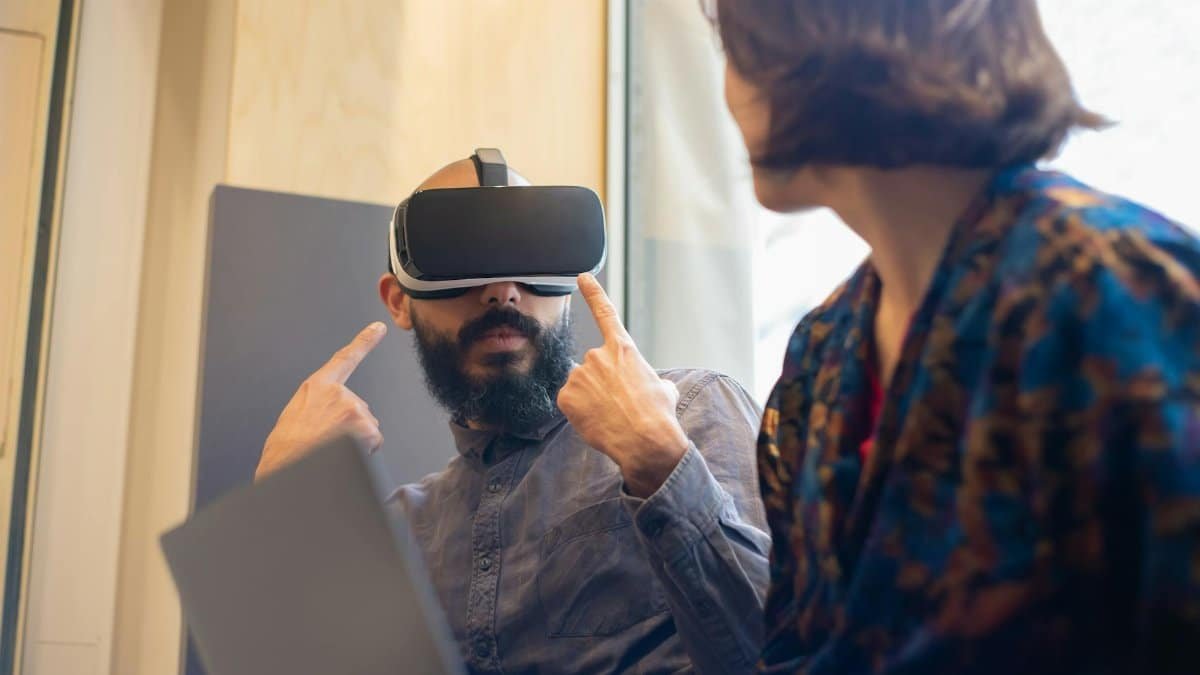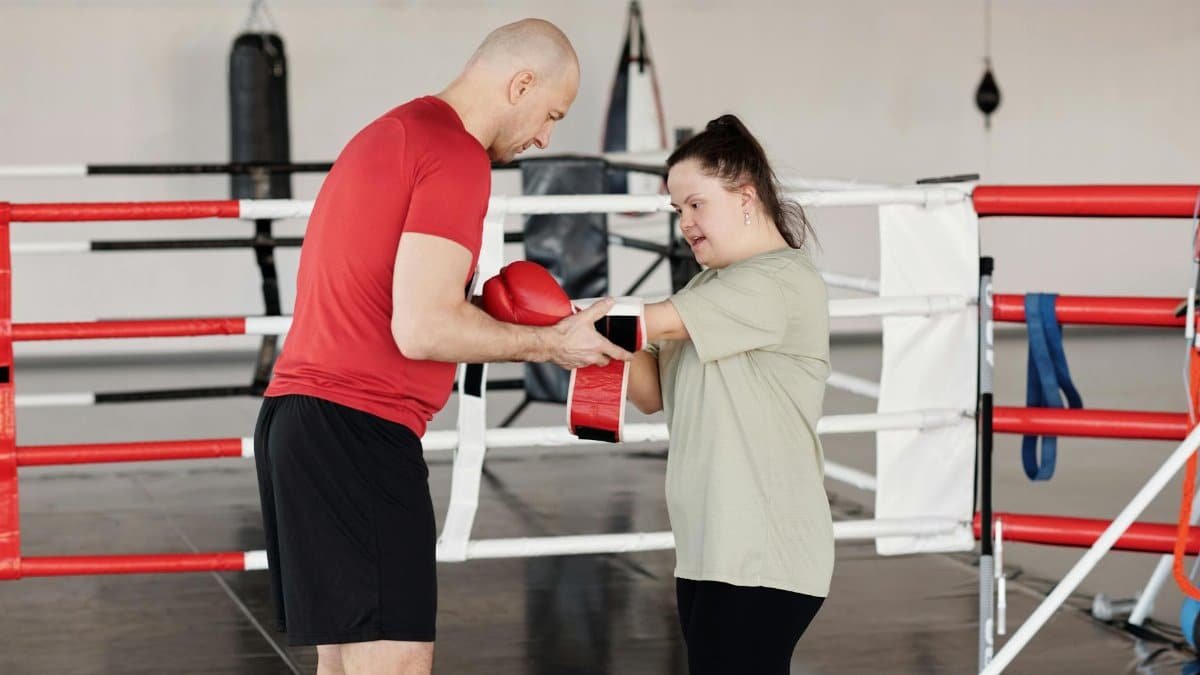Imagine a quiet room where two people, connected by more than just love, slip on sleek headsets and step into each other’s emotional worlds. This isn’t science fiction; it’s the emerging reality of vr compassion couples—partners using virtual reality to build empathy by literally seeing life through the other’s eyes. A growing number of Americans are turning to this tech-driven approach to heal strained bonds. It’s not just a gimmick. Early research suggests VR can lower stress hormones and boost understanding in ways traditional therapy sometimes struggles to match. As relationships face modern pressures—from endless work hours to digital distractions—could this immersive tool offer a fresh path to connection? The answer lies in how VR reshapes not just what couples say, but how they truly feel about each other’s hidden struggles.
The Science Behind VR Empathy Training

For many, the idea of virtual reality conjures images of gaming or escapism. Yet, in the context of vr compassion couples, it’s a bridge to deeper emotional insight. Studies show that VR role-switching—where partners experience simulated versions of each other’s daily stresses or past traumas—can measurably shift perspectives. A 2021 study from Stanford University found that participants who “walked a mile” in someone else’s virtual shoes reported a 20% increase in empathy scores post-session.Stanford Virtual Human Interaction Lab has pioneered much of this work, highlighting VR’s potential to rewire emotional responses. Beyond feelings, there’s biology at play. Cortisol, the stress hormone, often drops after these exercises, suggesting a calming effect on the nervous system. For couples, this isn’t just about understanding—it’s about feeling less defensive, less alone.
Take a hypothetical couple, Maria and Tom, who bicker over workload imbalances. In a VR session, Tom navigates a day as Maria, juggling deadlines and childcare in a simulated frenzy. He emerges quieter, not just apologizing but visibly shaken. It’s not magic; it’s the brain’s mirror neurons firing, tricking the mind into lived experience. This isn’t therapy as we’ve known it. It’s visceral.
How VR Differs From Traditional Couples Therapy

Traditional therapy often leans on dialogue—talking through resentments or misunderstandings. But words can falter when emotions run high. VR compassion couples training sidesteps this by plunging partners into experiential learning. Instead of describing exhaustion, one partner lives it through a headset, navigating a 360-degree world of the other’s reality. Therapists who’ve adopted VR note its speed. Where talk therapy might take months to unearth buried empathy, VR can spark breakthroughs in hours. A report from the American Psychological Association underscores this, citing faster emotional recognition in VR-aided sessions.APA on VR in Therapy details how immersion cuts through intellectual barriers.
Yet, it’s not a replacement. Some couples find VR jarring, even invasive, if trust isn’t already there. Therapists stress it works best alongside counseling, not solo. The headset can’t hug you back. Still, for those stuck in cycles of blame, it offers a reset button that talking sometimes can’t.
Real-World Impact on Relationships

What does this look like beyond the lab? Couples using vr compassion couples programs often report small but seismic shifts. One anonymous account shared in online discussions described a husband who, after a VR session simulating his wife’s anxiety during social events, started checking in before parties—something he’d never thought to do. It wasn’t grand; it was grounding. Data backs these stories. A 2023 survey by the National Marriage Project found that 15% of couples who tried tech-based interventions like VR felt “significantly closer” within weeks.National Marriage Project Reports often explore such trends, reflecting a broader hunger for innovative fixes.
These aren’t just feel-good moments. They ripple into daily habits—less snapping, more pausing to listen. For some, it’s the first time they’ve seen their partner’s inner world not as an abstract concept, but as a lived burden. The tech strips away the “you don’t get it” wall, brick by virtual brick.
Challenges and Limitations of VR for Couples

Before rushing to buy headsets, couples should know the hurdles. VR compassion couples training isn’t cheap—sessions can run $200 or more, and hardware adds up. Accessibility is another snag. Not everyone has a clinic nearby offering this, and home setups require tech savvy. Then there’s the emotional toll. Reliving a partner’s trauma through VR can overwhelm, especially without a therapist to debrief. A study from the University of Southern California notes that 10% of users experience “simulation sickness”—nausea or disorientation—further complicating the process.USC Institute for Creative Technologies has documented these side effects extensively.
Privacy also looms large. What if personal simulations, often based on real memories, get stored or leaked? Couples must trust providers with their deepest vulnerabilities. And for some, the tech feels cold—too far from human touch. It’s a tool, not a cure-all, and missteps can widen rifts instead of closing them.
Who Benefits Most From This Approach?

Not every couple needs or suits vr compassion couples training. It shines for those stuck in empathy gaps—partners who intellectually grasp each other’s pain but can’t feel it. Think of high-stress pairings: dual-career households, caregivers, or those navigating cultural divides. Therapists report the best outcomes when both are open to tech and willing to be vulnerable. Age matters less than mindset; baby boomers and millennials alike have seen gains if they commit. But for couples already raw from conflict, or where one resists exposure, VR can backfire, amplifying discomfort.
Timing plays a role too. Early in a rough patch, VR can prevent entrenched bitterness. Late-stage crises might need softer interventions first. One therapist likened it to surgery: powerful, but not the first step for every wound. Knowing your dynamic—your readiness—sets the stage for success or struggle.
The Broader Cultural Shift

Zoom out, and vr compassion couples reflect a larger trend: technology infiltrating intimacy. In 2025, as screens already mediate so much of life, using VR to mend bonds feels less futuristic, more inevitable. Americans are lonelier—divorce rates hover near 40%, per recent census data—but they’re also hungrier for connection. VR taps into that ache, promising not just to entertain but to heal. It’s part of a wave of digital wellness tools, from meditation apps to AI chatbots, reshaping how we relate.
Yet, there’s a quiet tension. Are we outsourcing empathy to algorithms? Some worry VR could dull real-world effort if couples lean on tech over raw, messy conversation. Others see it as a lifeline in a distracted age. Whatever the verdict, this isn’t a passing fad. It’s a mirror to our evolving needs, reflecting both our fractures and our yearning to mend them.
Getting Started With VR Compassion Training

Curious couples don’t need to dive in blind. Start by researching local therapists or clinics offering VR programs—many major cities now have at least one. Online directories through psychological associations can point the way. Expect a consultation first; good providers assess if VR fits your dynamic. Costs vary, but budget for multiple sessions to see impact. Home VR setups are an option, though guided experiences trump solo attempts for emotional safety.
Ask questions. How are simulations tailored? What’s the debrief process? Look for facilitators trained in both tech and therapy—credentials matter. And set intentions with your partner. VR isn’t a quick fix; it’s a journey. One couple shared how they treated it like a shared adventure, not a chore. That mindset—curiosity over cure—often makes the difference between a gimmick and genuine growth.
